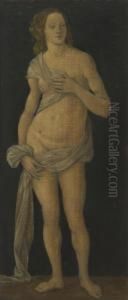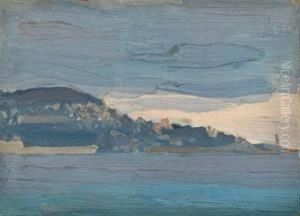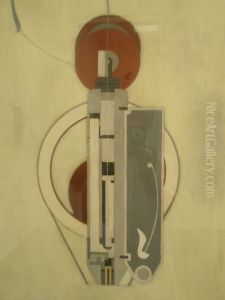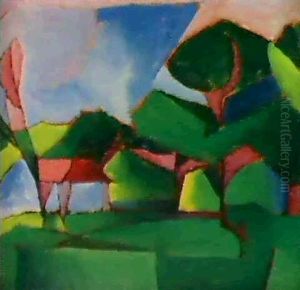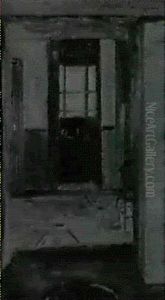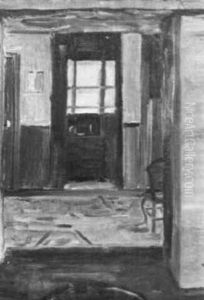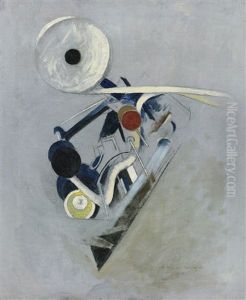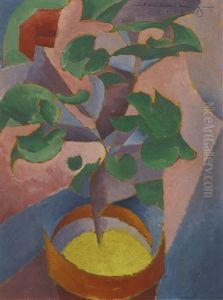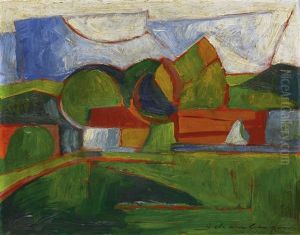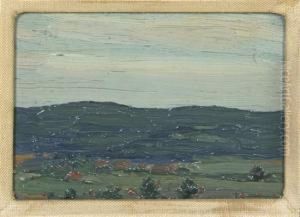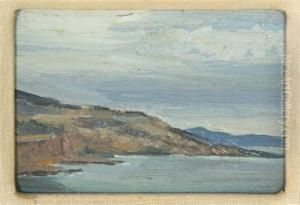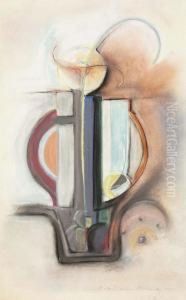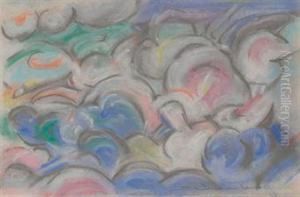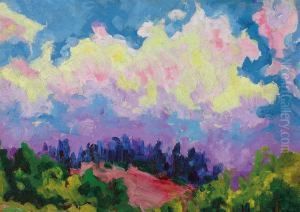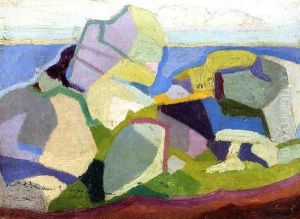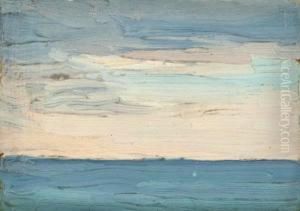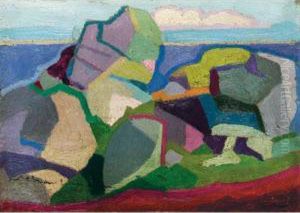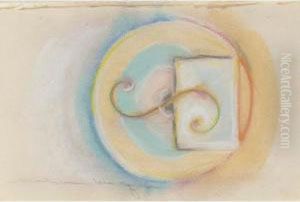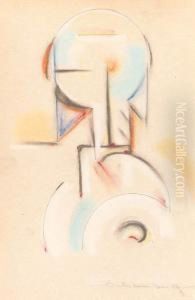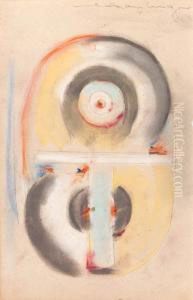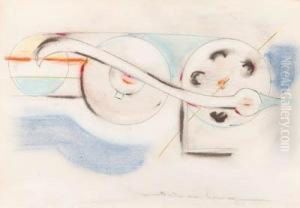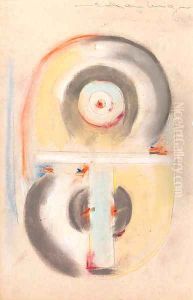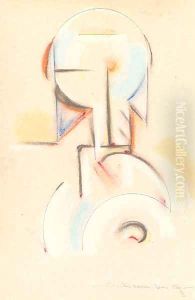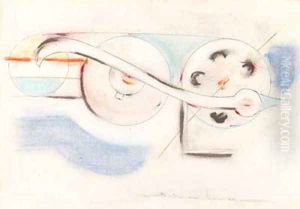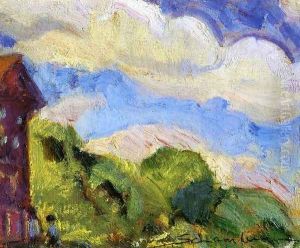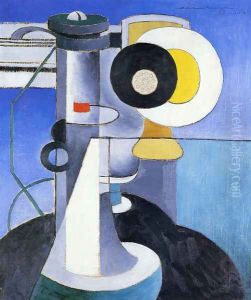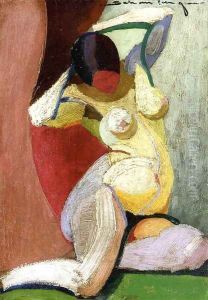Morton Livingston Schamberg Paintings
Morton Livingston Schamberg was an American artist born on October 15, 1881, in Philadelphia, Pennsylvania. He is considered one of the early adopters of the Cubist style in the United States and a key figure in the Precisionist movement. Schamberg studied at the Pennsylvania Academy of the Fine Arts, where he was influenced by his teachers Thomas Anshutz and William Merritt Chase, both of whom had a significant impact on his artistic development.
After his education, Schamberg traveled to Europe in 1906 and again in 1909, exposing himself to the burgeoning avant-garde movements of the time. His European trips included stays in Paris, where he was particularly influenced by the works of the Cubists and the Italian Futurists. Upon his return to the United States, Schamberg began to incorporate the geometric fragmentation typical of Cubism into his own work, and he was one of the first American artists to experiment with this style.
Schamberg's work evolved over a short career, which was cut tragically short by his untimely death due to the influenza pandemic of 1918. Throughout his career, he worked in a variety of mediums, including painting, drawing, and photography. One of his most famous works is 'God,' a sculpture created in collaboration with the Dada artist Baroness Elsa von Freytag-Loringhoven in 1917. The piece is a notable example of early American Dada, combining a cast iron plumbing trap with a wooden mitre box, challenging traditional notions of art.
Despite his early death at the age of 37 on October 13, 1918, just two days before his 37th birthday, Schamberg left behind a body of work that has continued to be celebrated for its innovation and influence on later American modernist artists. His work is held in many prominent collections, including the Philadelphia Museum of Art and the Metropolitan Museum of Art in New York.
